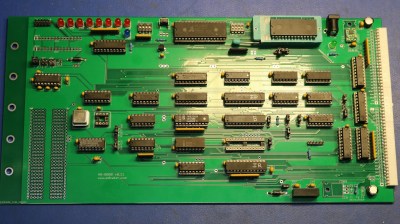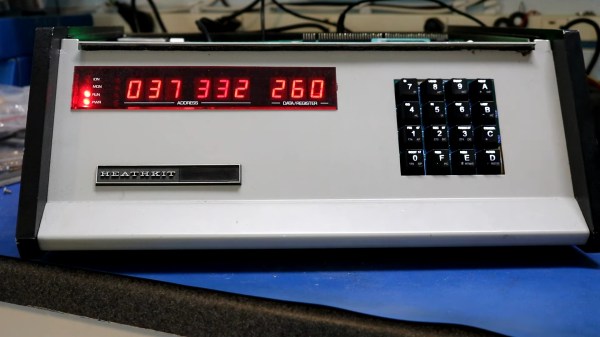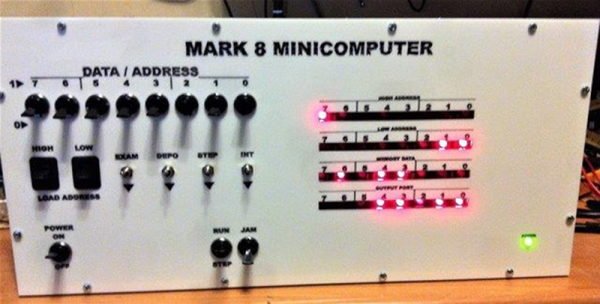Typically when you’re replacing parts in an old computer it’s either for repairs or an upgrade. Upgrades like adding a more capable processor to an old computer are the most common, and can help bring an old computer a bit closer to the modern era. [Dr. Scott M. Baker] had a different idea, when he downgraded a Heathkit H8 from an 8080 to an 8008.
Despite the very similar numbers, the 8080 runs at four to nearly sixteen times the speed of its predecessor. In addition to this, the 8008 is far less capable on multiple fronts like address space, I/O ports, the stack and even interrupts. The 8008 does have one thing going for it though: the 8008 is widely known as the world’s first 8-bit microprocessor.

In the video after the break, [Scott] goes into great detail about the challenges presented in replacing the 8080 with the 8008, starting with the clock. The clock is two-phase, so that what would otherwise be a single oscillator now also has a clock divider and two NAND gates.
Boring clock stuff aside, he does some great hacking using the I/O ports including expanding the I/O port count from 32 to the full 256, bit-banging serial, implementing an interrupt controller and even memory mapping 64 KiB into 16 KiB of address space! With that and a few more special adapter circuits, we think [Scott] has done a great job of downgrading his H8 and the resulting CPU board looks fabulous.
Maybe you’re wondering what happens if you upgrade the computer instead of the CPU? What you get is this credit-card sized 6502 computer.
Continue reading “Downgrade Your Heathkit H8 To The World’s First 8-bit Microprocessor”














